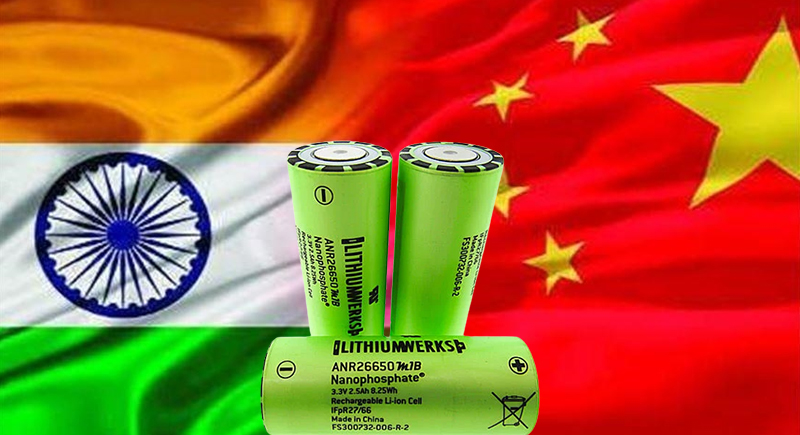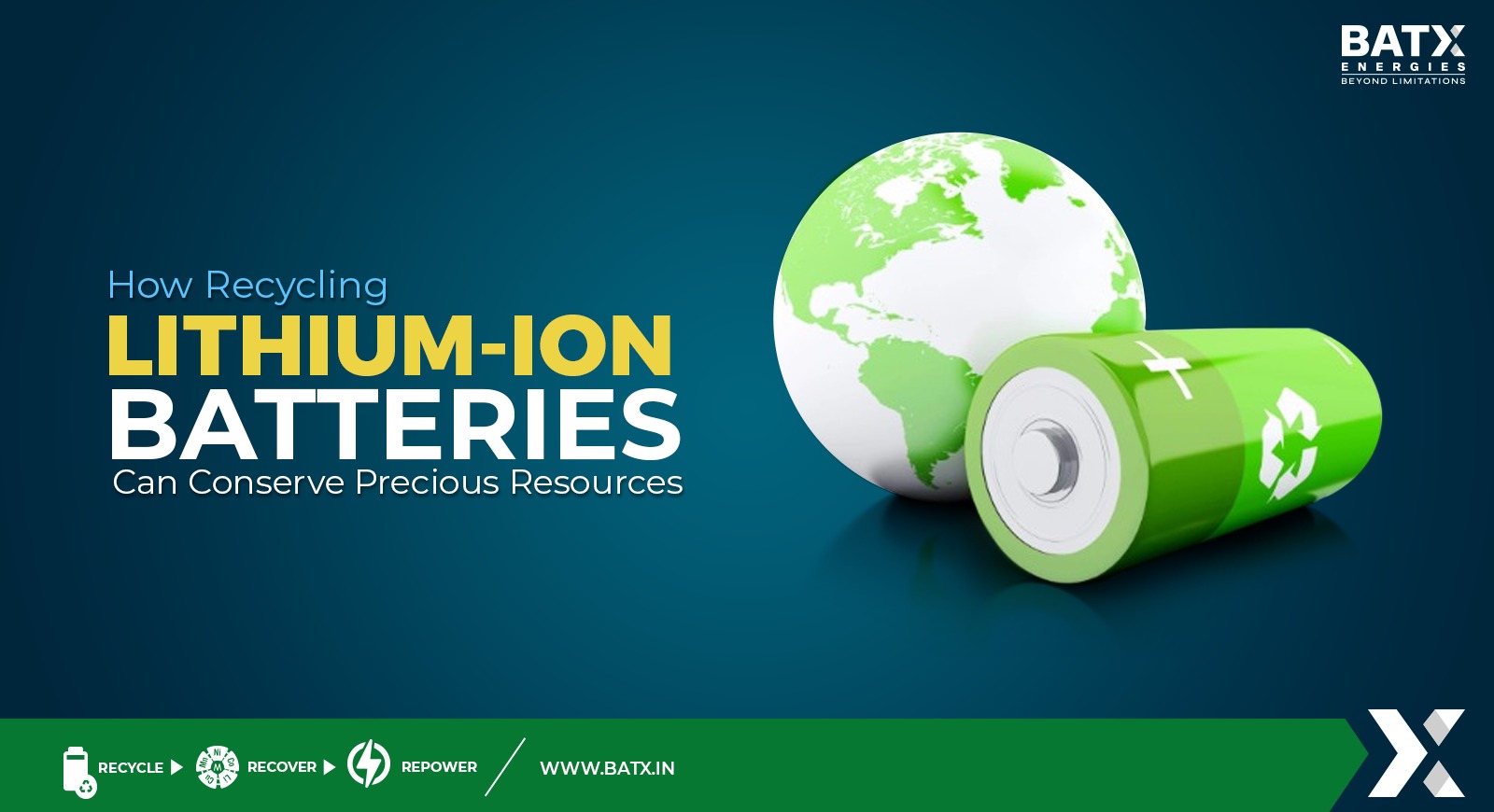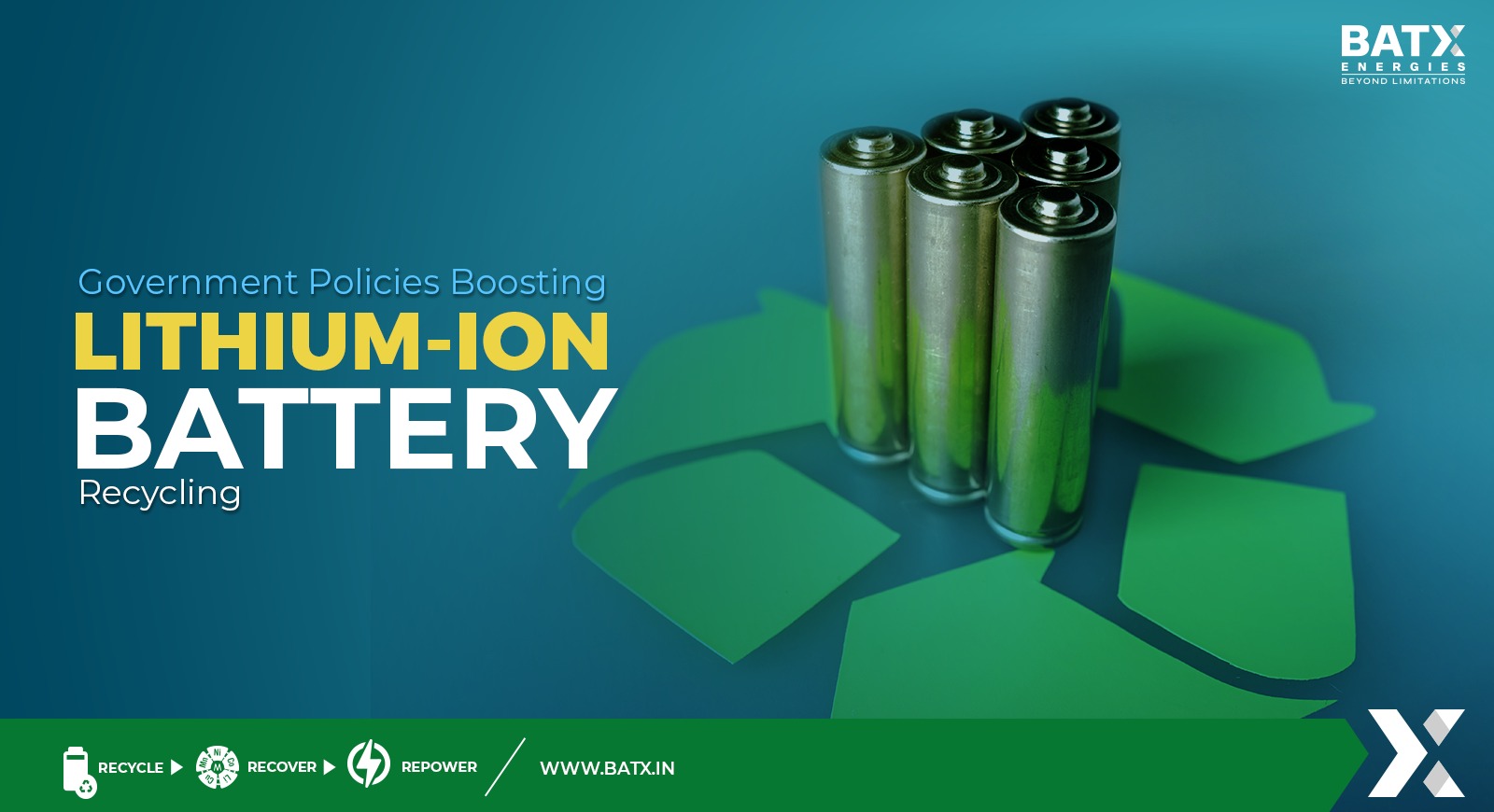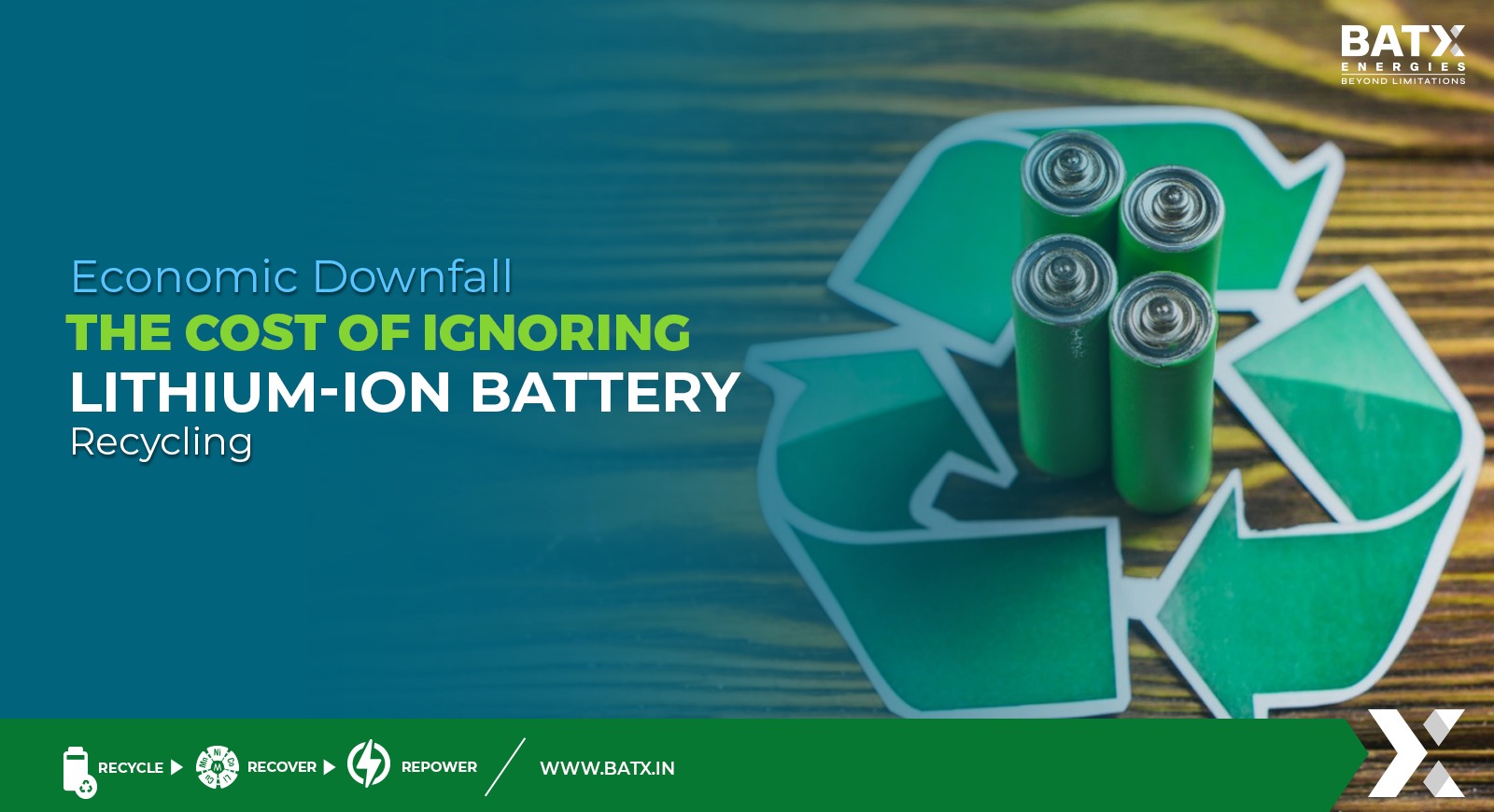From the salt flats of the Atacama Desert in Chile to the savannas of the Congo, the makers and users of the world’s batteries are scrambling to secure the vital raw materials needed to produce the lithium-ion cells that will power electric vehicles around the globe. But no battery-makers are more aggressive than those from China, which is working to lock down the entire supply chain for its companies.
Presently, China manufactures two-thirds of the world’s Lithium-ion batteries and it is also the biggest producer of Graphite- a key raw material for manufacturing LiB anodes. China also has high concentrations of Lithium but it prefers importing 80 per cent of the White metal so that it can store up for future needs. Beijing is saving its Lithium because it knows that 10 to 15 years down the line, Lithium will be the world’s ‘White Petroleum’.
The government of India has set a goal of 30% electric vehicles (EVs) by 2030 and ever since then, the EV industry has been working to meet this target. Situated in the southern state of Karnataka, Epsilon Advanced Materials is sourcing the raw material from the largest steel mill in the country owned by steel tycoon Sajjan Jindal. The plant will be injected with US$ 807 million of investment to produce 100,000 tonnes of synthetic graphite anode by 2030, which will amount to about 10% of the global demand.
Anode materials are the negative electrode in lithium-ion batteries and account for a quarter of a cell’s components. As a matter of fact, China has been producing more than 80% of the world’s supply of these anodes, importing raw materials from countries including India. By producing the anodes in India, Handa aims to transition the South Asian nation from a battery minerals producer-only, to a battery materials hub. He also reckons that globally everyone has been so dependent on cells from China that cost structure can never really come down. “India has the expertise needed to make the cells, and it has plentiful raw materials like aluminium, copper, electrolytes, and nickel – the key elements for batteries,” he said, adding that “while everybody keeps talking about lithium, it’s a very small part of the whole raw material that goes into the cell,” he added.
Within India, there has been a determined attempt to reduce dependence on China when it comes to Lithium-ion batteries. As early as 2018, Anant Geete, then the Union Minister of Heavy Industries and Public Enterprises had announced that India would soon become a manufacturer of the Lithium-ion batteries. Declaring that government accords “top priority” to e-mobility, Geete had said that India would not be dependent on China for key components. India plans to make up for paucity for lithium- the most important component in LiB manufacture by tapping into South America’s ‘Lithium Triangle’ that consists of Chile, Bolivia and Argentina. World’s highest lithium reserves are found here, led by Chile. India is in the process of setting up huge Lithium-ion battery plants and the Lithium Triangle will help India in meeting the growing demands. India has also signed an MoU with Bolivia for development and industrial use of LiBs.
Japanese companies- Suzuki Motor Corporation, in joint venture with Toshiba and Denso, have already laid plans for the country’s first lithium-battery manufacturing plant in Gujarat. Moreover, Australia has been helping India in setting up its first Lithium refinery. Australia-based Neometals and India’s Manikaran Power announced a collaboration in the year 2019. Neometals has launched a feasibility study for establishing India’s first lithium refinery.
India, has offered a production-linked incentive schemes for attracting investments in advanced chemistry cell manufacturing locally. It has set a financial outlay of Rs 18,100 crore for a period of five years. However, new capacities under this plan will also take some time to become operational and the Indian EV industry will be reliant on imported cells in the interim, experts said. Some argue that the concern over rare earth supplies is exaggerated. Stockpiles have surely been added to since 2010, providing at least a short-term hedge against a sudden Chinese embargo. Rare earths can also be recycled, and processes may be devised that will raise the efficiency of existing supplies. Nor will China’s rare earths necessarily be available in abundance forever.



